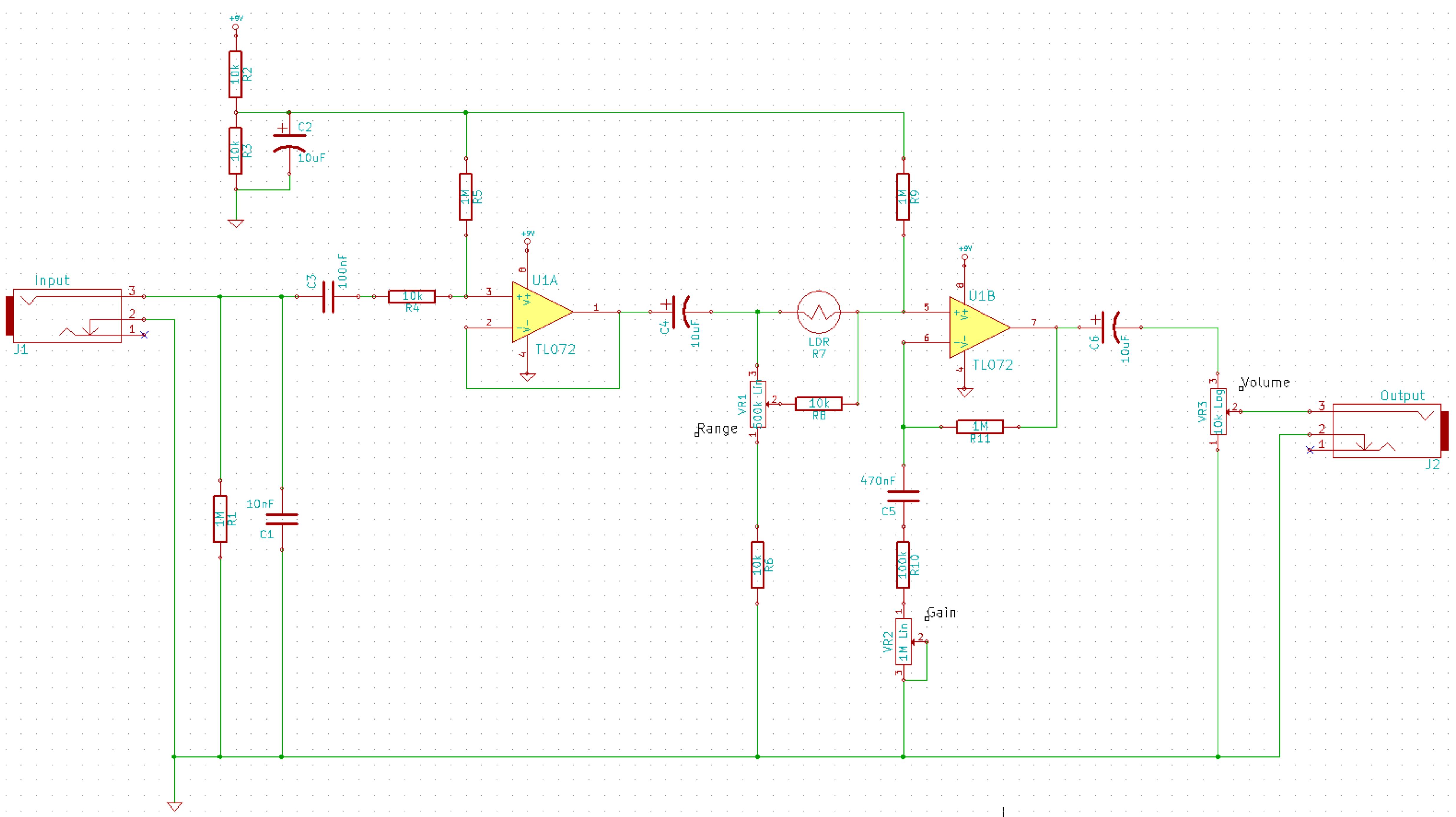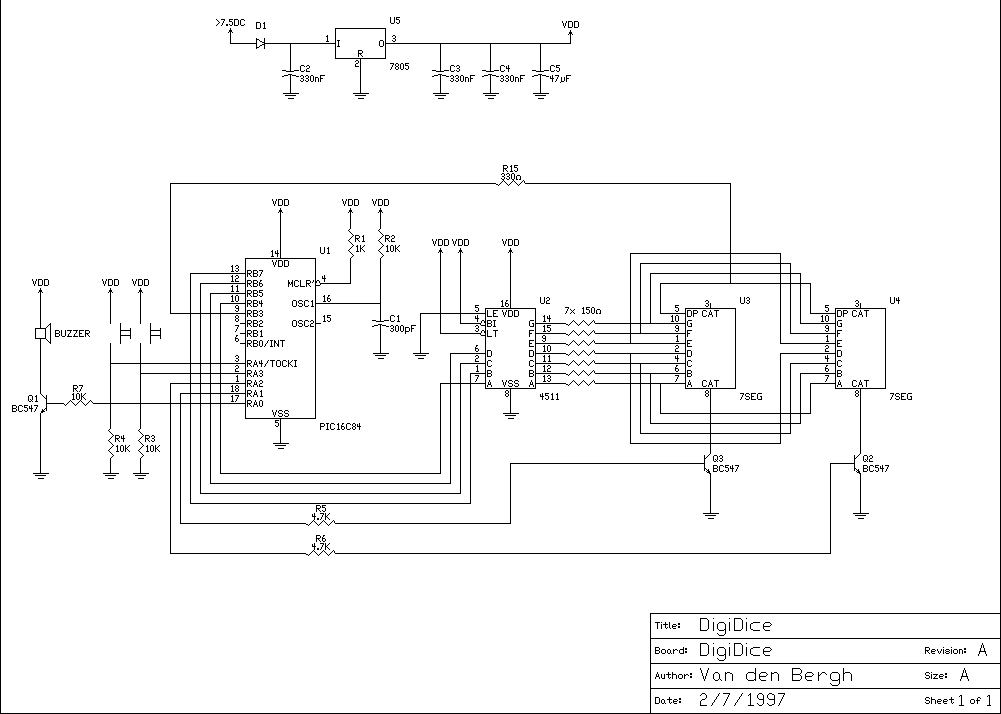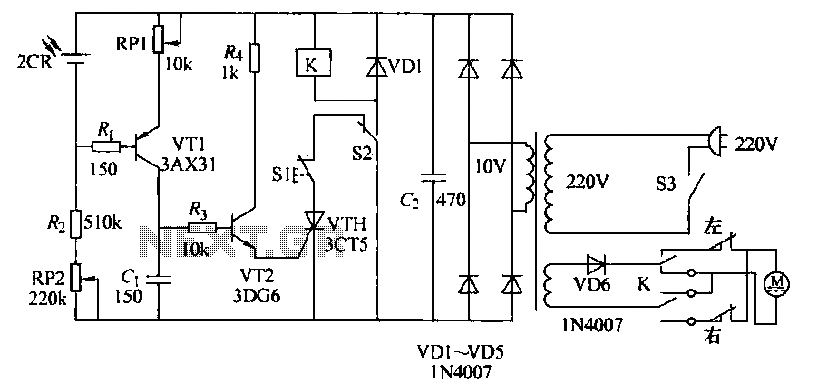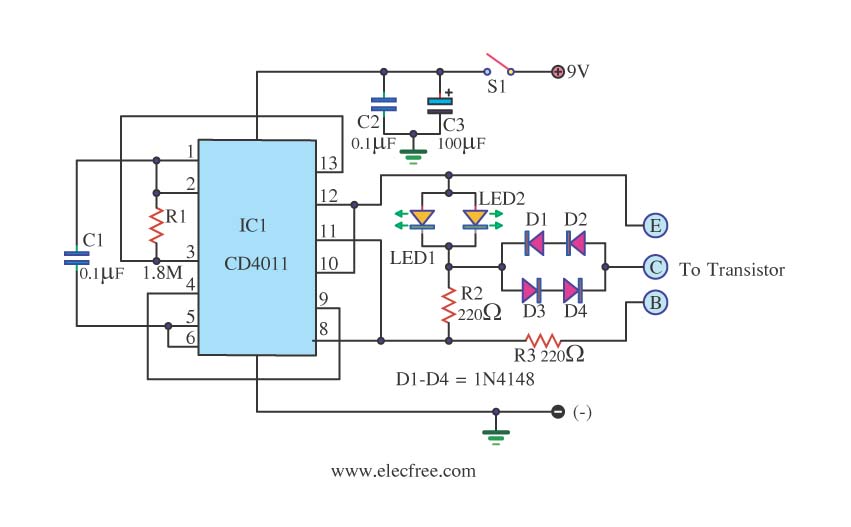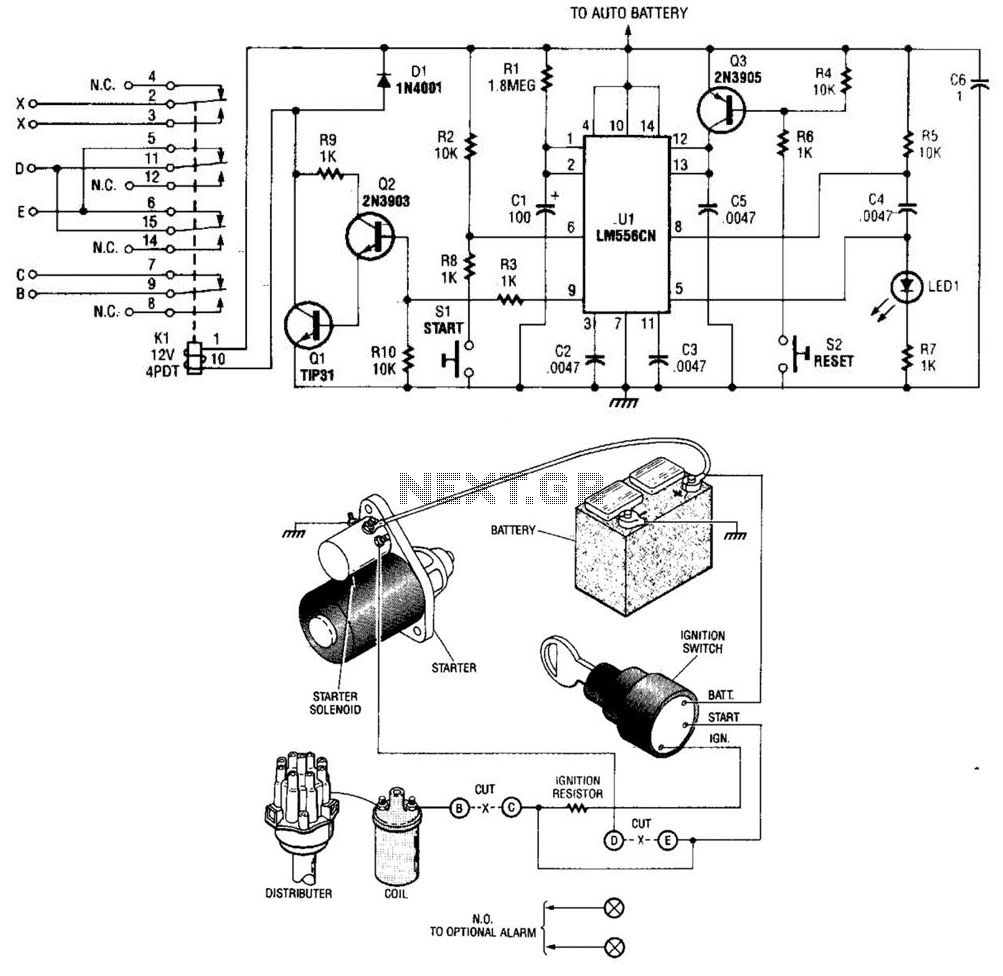
Electric fence control circuit
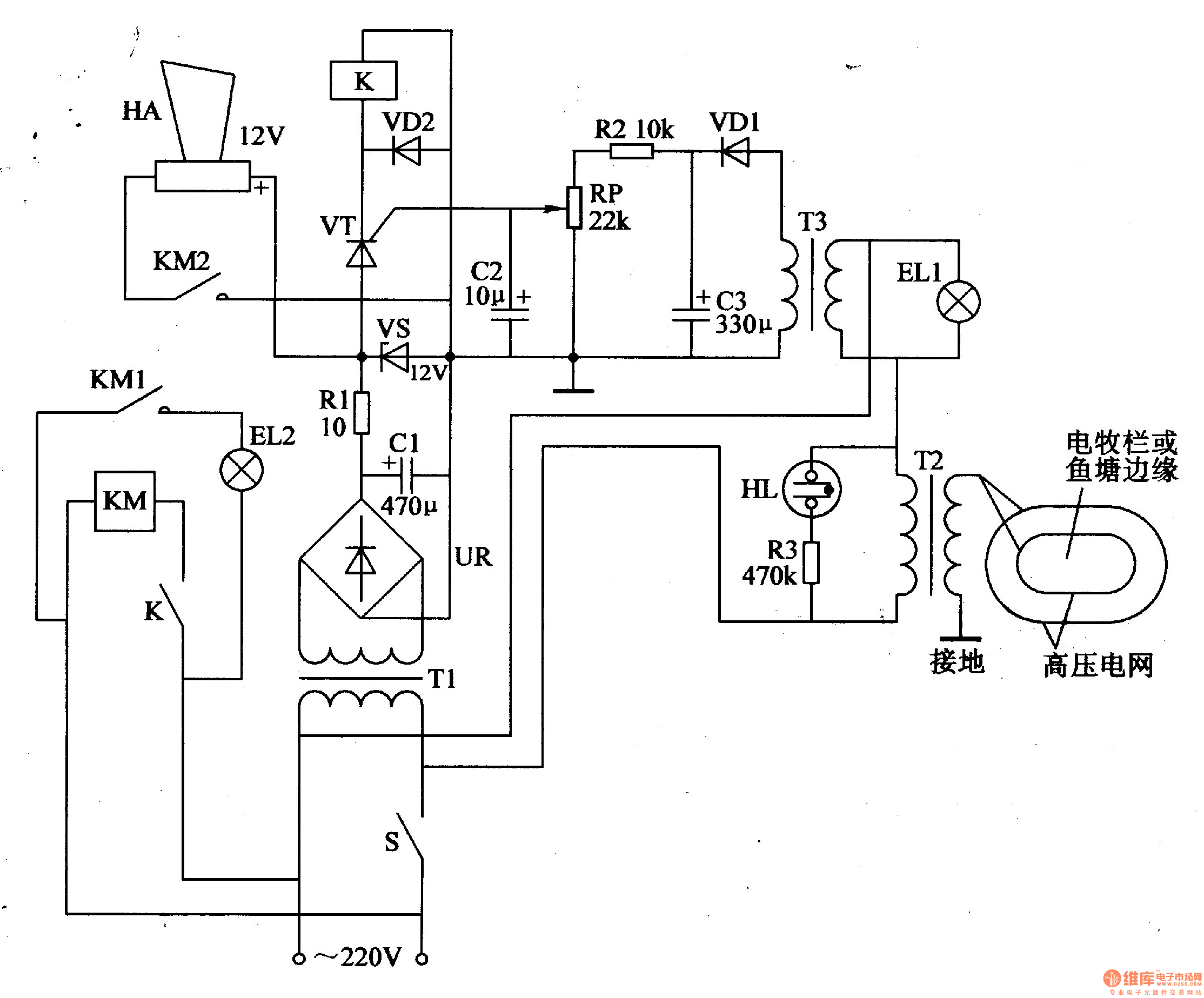
The electric fence control circuit consists of three main components: the power supply circuit, the high voltage circuit, and the sound and light alarm circuit, as illustrated in Figure 4-26. The power supply circuit includes a power switch (S), a power transformer (T1), a bridge rectifier (UR), a filter capacitor (C1), a current limiting resistor (R1), and a voltage regulator diode (VS).
The electric fence control circuit operates by converting mains voltage into a high voltage pulse that can deter intruders. The power supply circuit begins with the power switch (S), which allows the user to turn the system on or off. When the switch is engaged, the power transformer (T1) steps down the mains voltage to a lower AC voltage suitable for rectification.
The bridge rectifier (UR) consists of four diodes arranged to convert the AC voltage output from the transformer into a pulsating DC voltage. This pulsating DC is then smoothed out using the filter capacitor (C1), which reduces voltage fluctuations and provides a more stable DC output. The current limiting resistor (R1) is crucial for protecting the circuit by limiting the amount of current flowing to the subsequent components. The voltage regulator diode (VS) ensures that the output voltage remains constant, providing a reliable power source for the high voltage circuit.
The high voltage circuit generates the necessary voltage to create an electric shock when an intruder comes into contact with the fence. This circuit is designed to produce high-voltage pulses at regular intervals to ensure the fence remains an effective deterrent.
The sound and light alarm circuit is triggered when the electric fence is breached. This circuit typically includes a buzzer or speaker for sound alerts and an LED or other light source for visual alerts. The output from the high voltage circuit can be linked to this alarm system, ensuring that any tampering with the fence is immediately signaled to the property owner.
Together, these components form a comprehensive electric fence control circuit that provides security through deterrence, enabling effective monitoring and alarming in case of unauthorized access.The electric fence control circuit is composed of the power supply circuit, high voltage circuit and sound and light alarm circuit, and it is shown in Figure 4-26. Power supply circuit is composed of the power switch S, the power transformer Tl, bridge rectifier UR, filter capacitor Cl, current limiting resistor Rl and the voltage regulator diode VS.
The h.. 🔗 External reference
The electric fence control circuit operates by converting mains voltage into a high voltage pulse that can deter intruders. The power supply circuit begins with the power switch (S), which allows the user to turn the system on or off. When the switch is engaged, the power transformer (T1) steps down the mains voltage to a lower AC voltage suitable for rectification.
The bridge rectifier (UR) consists of four diodes arranged to convert the AC voltage output from the transformer into a pulsating DC voltage. This pulsating DC is then smoothed out using the filter capacitor (C1), which reduces voltage fluctuations and provides a more stable DC output. The current limiting resistor (R1) is crucial for protecting the circuit by limiting the amount of current flowing to the subsequent components. The voltage regulator diode (VS) ensures that the output voltage remains constant, providing a reliable power source for the high voltage circuit.
The high voltage circuit generates the necessary voltage to create an electric shock when an intruder comes into contact with the fence. This circuit is designed to produce high-voltage pulses at regular intervals to ensure the fence remains an effective deterrent.
The sound and light alarm circuit is triggered when the electric fence is breached. This circuit typically includes a buzzer or speaker for sound alerts and an LED or other light source for visual alerts. The output from the high voltage circuit can be linked to this alarm system, ensuring that any tampering with the fence is immediately signaled to the property owner.
Together, these components form a comprehensive electric fence control circuit that provides security through deterrence, enabling effective monitoring and alarming in case of unauthorized access.The electric fence control circuit is composed of the power supply circuit, high voltage circuit and sound and light alarm circuit, and it is shown in Figure 4-26. Power supply circuit is composed of the power switch S, the power transformer Tl, bridge rectifier UR, filter capacitor Cl, current limiting resistor Rl and the voltage regulator diode VS.
The h.. 🔗 External reference
